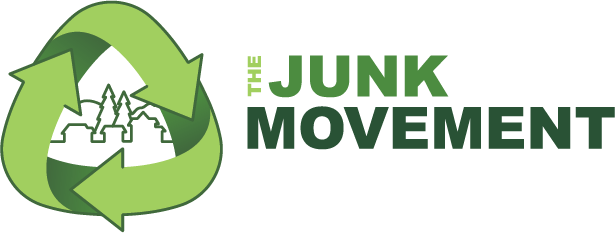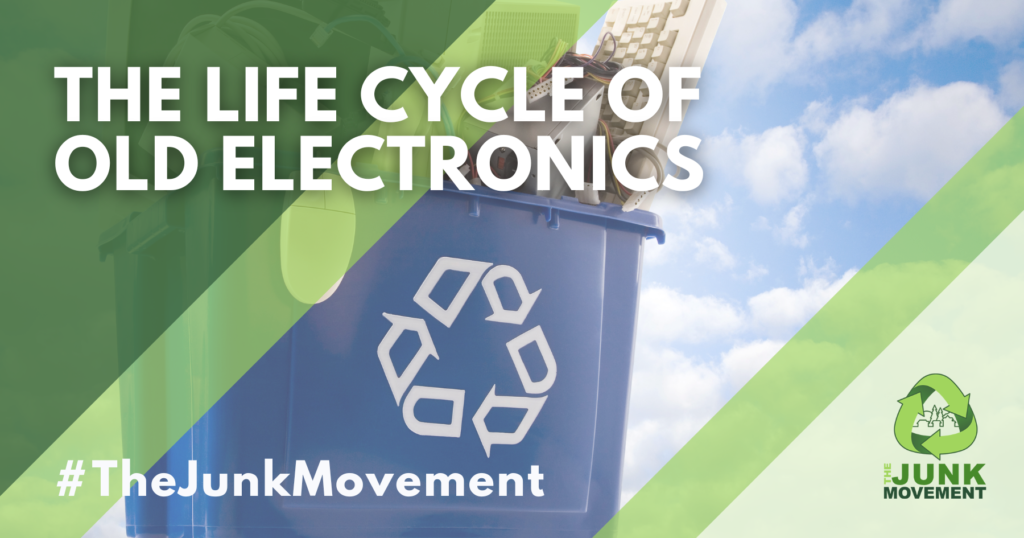How They are Recycled and What Happens to the Components
As technology advances, people tend to upgrade their electronic devices frequently. Consequently, older devices like phones, laptops, and TVs become obsolete and are discarded. However, what happens to these electronic devices after disposal? Electronic waste (e-waste) is a global problem that poses a significant environmental hazard. Recycling is one of the ways to minimize the impact of e-waste on the environment. In this blog post, we will delve into the process of recycling old electronics and what happens to the components.
The Process of Recycling Old Electronics
The recycling process of old electronics involves different stages. Here are the steps:
Collection and Transportation: The first stage involves collecting electronic waste and transporting it to a recycling facility. The collected e-waste can come from households, businesses, or government organizations.
Sorting: The second stage involves sorting the e-waste. The sorting process is necessary to identify the type of electronics, as each device has different components that require different recycling methods. Additionally, the sorting process helps to separate hazardous materials from non-hazardous materials.
Dismantling: After sorting, the e-waste is dismantled. Dismantling involves removing the external casing of the device and separating the internal components. The components are then sorted into different categories, such as metals, plastics, and circuit boards.
Processing: The dismantled components undergo different processing methods. For instance, the circuit boards undergo smelting to extract valuable metals like gold and silver. The metals are then purified, and the impurities are removed. The plastics undergo shredding and washing to remove impurities and contaminants.
What Happens to the Components?
After processing, the components undergo different recycling methods. Here are some examples:
Metals: The extracted metals undergo refining to remove any remaining impurities. The metals are then melted and formed into ingots or bars. These ingots or bars are then used to make new electronic devices, car parts, or other metal products.
Plastics: The recycled plastics can be used to make new products, such as phone cases, toys, and other plastic products. However, it’s essential to note that some plastics contain hazardous chemicals, making them unsuitable for recycling. These plastics require specialized recycling methods.
Circuit Boards: Circuit boards contain valuable metals like gold, silver, and copper. These metals can be extracted through smelting, refining, and other processes. The extracted metals can then be used to manufacture new electronic components.
The Importance of Recycling Old Electronics
Recycling old electronics is crucial for several reasons:
Environmental Benefits: Electronic waste contains hazardous materials like lead, mercury, and cadmium. These materials pose a significant risk to the environment and human health. Recycling e-waste reduces the risk of environmental pollution and minimizes the extraction of new raw materials, conserving natural resources.
Economic Benefits: Recycling e-waste creates job opportunities and generates revenue. Additionally, recycling e-waste reduces the cost of manufacturing new electronic devices, making it more affordable for consumers.
Conclusion
Recycling old electronics is crucial for preserving the environment, conserving natural resources, and promoting sustainable economic growth. The recycling process involves different stages, including collection, sorting, dismantling, and processing. The components are then recycled into new products, reducing the need for new raw materials. Recycling e-waste requires the collaboration of individuals, governments, and organizations. By working together, we can minimize the impact of e-waste on the environment and create a more sustainable future.
Get rid of old electronics with a call to The Junk Movement! Our professional junk removal team will responsibly dispose of your unwanted items! Contact us today.




